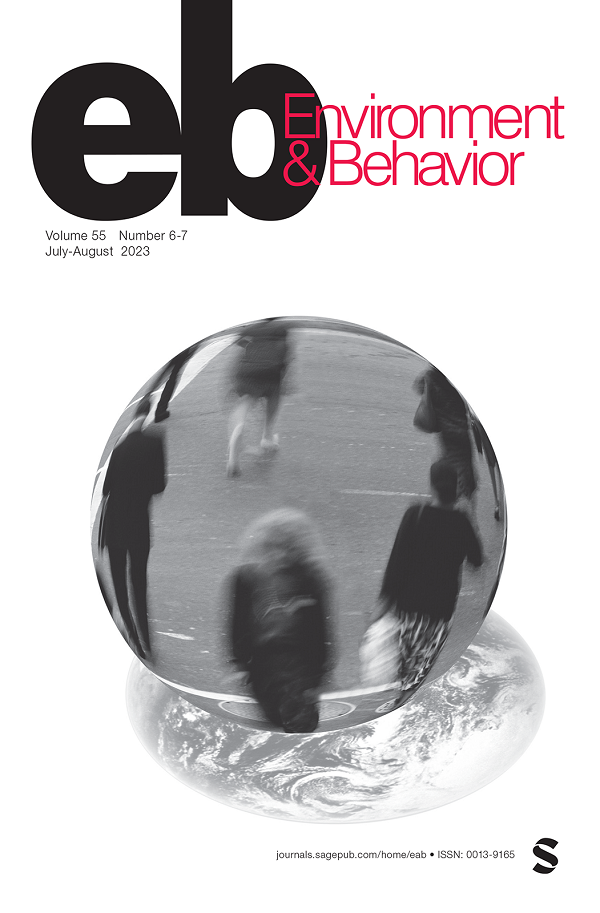安全居住:社区犯罪与步行之间的关系是否因社区劣势而异?
IF 4.6
2区 心理学
Q1 ENVIRONMENTAL STUDIES
引用次数: 18
摘要
邻里步行能力、区域劣势和犯罪之间的相互关系可能导致犯罪和步行之间的不一致联系。我们研究了犯罪和步行之间的联系,并在解决这些额外的复杂性的同时,测试了邻里劣势的差异。来自澳大利亚布里斯班200个弱势社区的参与者(n=6680)完成了一份问卷调查,并为1000米的社区制定了客观指标。多层次模型研究了犯罪(感知和客观)与步行(娱乐和交通)之间的关联,并通过邻里劣势测试了相互作用的差异。高感知犯罪与交通工具步行的几率降低有关,而高客观犯罪与交通运输步行的几率增加有关。模式没有因邻里劣势而不同。在弱势社区,“负面”的犯罪属性不足以超过“正面”的步行能力属性,产生了与优势社区相似的步行模式,在这些社区,居民远离当地目的地,但免受犯罪的影响。本文章由计算机程序翻译,如有差异,请以英文原文为准。
Safe Habitats: Does the Association Between Neighborhood Crime and Walking Differ by Neighborhood Disadvantage?
Interrelationships between neighborhood walkability, area disadvantage, and crime may contribute to the inconsistent associations between crime and walking. We examined associations between crime and walking, and tested for differences by neighborhood disadvantage while addressing these additional complexities. Participants (n = 6,680) from 200 neighborhoods spanning the most and least disadvantaged in Brisbane, Australia, completed a questionnaire and objective measures were generated for the individual-level 1,000-m neighborhood. Multilevel models examined associations between crime (perceived and objective) and walking (recreational and transport), and interactions tested for differences by neighborhood disadvantage. High perceived crime was associated with reduced odds of transport walking, whereas high objective crime was associated with increased odds of transport walking. Patterns did not differ by neighborhood disadvantage. In disadvantaged neighborhoods, the “negative” criminogenic attributes were insufficient to outweigh the “positive” walkability attributes, producing similar walking patterns to advantaged neighborhoods where residents were dislocated from local destinations but buffered from crime.
求助全文
通过发布文献求助,成功后即可免费获取论文全文。
去求助
来源期刊

Environment and Behavior
Multiple-
CiteScore
13.30
自引率
1.80%
发文量
13
期刊介绍:
Environment & Behavior is an interdisciplinary journal designed to report rigorous experimental and theoretical work focusing on the influence of the physical environment on human behavior at the individual, group, and institutional levels.
 求助内容:
求助内容: 应助结果提醒方式:
应助结果提醒方式:


